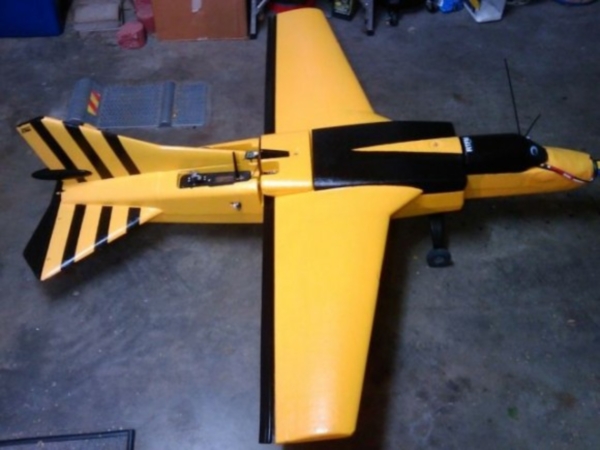Highlight at The Black Hat Security Conference and DEFCON this year is an unmanned aircraft called the Wireless Aerial Surveillance Platform, or WASP. [Not to be confused with the WASP missile -Ed.]
It’s an ex-U.S. Army target drone measuring over 6-feet in length and wingspan that has been modified to make it more useful for hackers in our built-up, communication-heavy urban environments.
The Black Hat Security Conference and DEFCON bring together the world’s professional hackers, security researchers, government representatives, journalists, and just about anyone who thinks of themselves as a hacker. They listen to talks about security, show off the latest novel hacks, and generally share information about the state of computer security.
WASP is equipped with the tools to crack Wi-Fi network passwords made possible by an on-board VIA EPIA Pico-ITX PC running BackTrack Linux equipped with 32GB of storage to record information. BackTrack offers a full suite of digital forensics and penetration testing tools making it a good fit for this setup.
WASP can also act as a GSM network antenna meaning it will be able to eavesdrop on calls/text messages made over that network by any phone deciding to connect through it.
While such a drone may violate a few flying laws, it doesn’t break any FCC regulations as it uses the HAM radio frequency band or a 3G connection for communication. As to the reason for building it, creators Mike Tassey and Richard Perkins just wanted to prove there is a vulnerability that can easily be taken advantage of with a UAV such as this.
WASP is an open source platform using Arduino that Tassey discuss how to build at DEFCON-19. It was originally unveiled last August with the following video gives a close up view and interview with the creators.
Sources: Geek.com, Forbes

